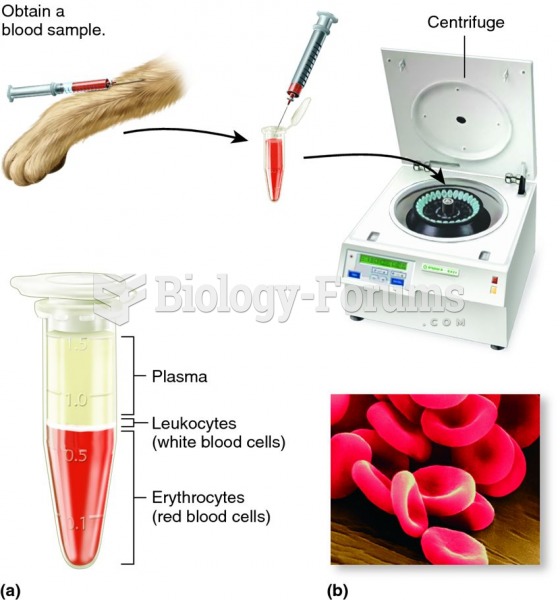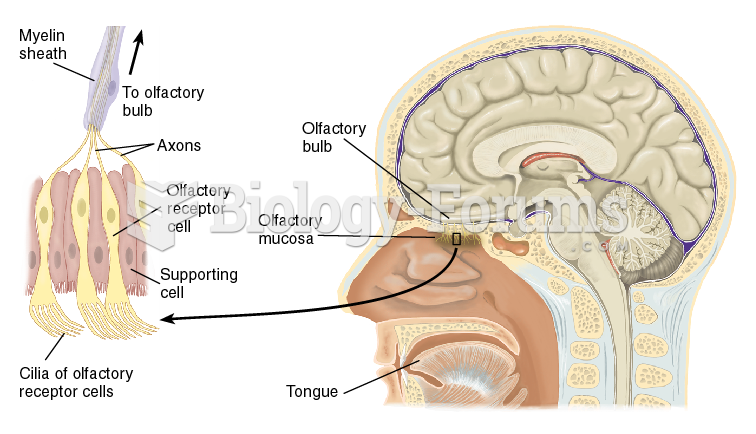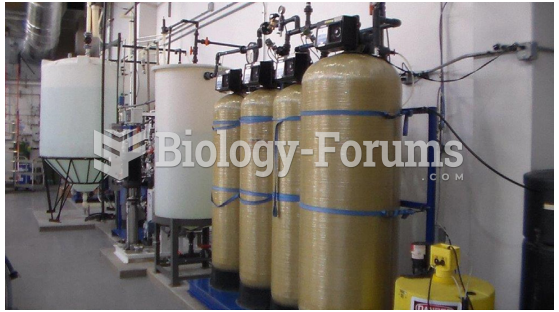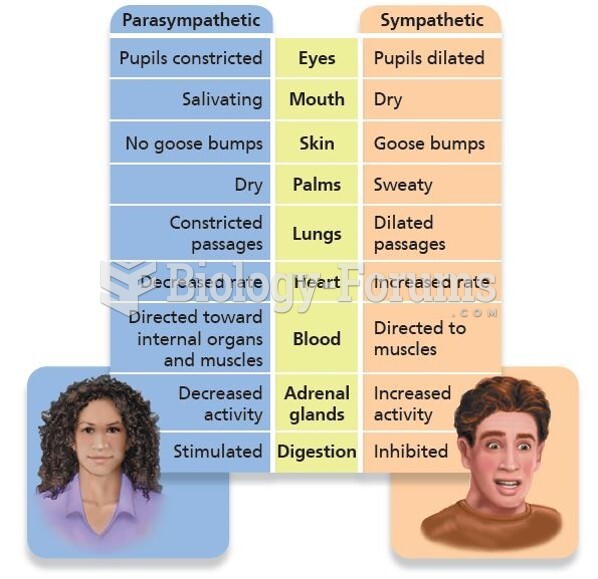Answer to Question 1
The autonomic nervous system consists of neurons that receive information from and send commands to the heart, intestines, and other organs. Its two parts are the sympathetic and parasympathetic nervous systems. The sympathetic nervous system, a network of nerves that prepare the organs for vigorous activity, consists of chains of ganglia just to the left and right of the spinal cord's central regions (the thoracic and lumbar areas). These ganglia are connected by axons to the spinal cord. Sympathetic axons prepare the organs for fight or flight increasing breathing and heart rate and decreasing digestive activity. Because the sympathetic ganglia are closely linked, they often act as a single system in sympathy with one another, although an event may activate some parts more than others. The sweat glands, the adrenal glands, the muscles that constrict blood vessels, and the muscles that erect the hairs of the skin have sympathetic input but no parasympathetic input.
The parasympathetic nervous system facilitates vegetative, nonemergency responses. The term para means beside or related to, and parasympathetic activities are related to, and generally the opposite of, sympathetic activities. For example, the sympathetic nervous system increases heart rate, but the parasympathetic nervous system decreases it. The parasympathetic nervous system increases digestive activity, whereas the sympathetic nervous system decreases it. The parasympathetic system also promotes sexual arousal, including erection in males. Although the sympathetic and parasympathetic systems produce contrary effects, both are constantly active to varying degrees, and many stimuli arouse parts of both systems.
Answer to Question 2
b







